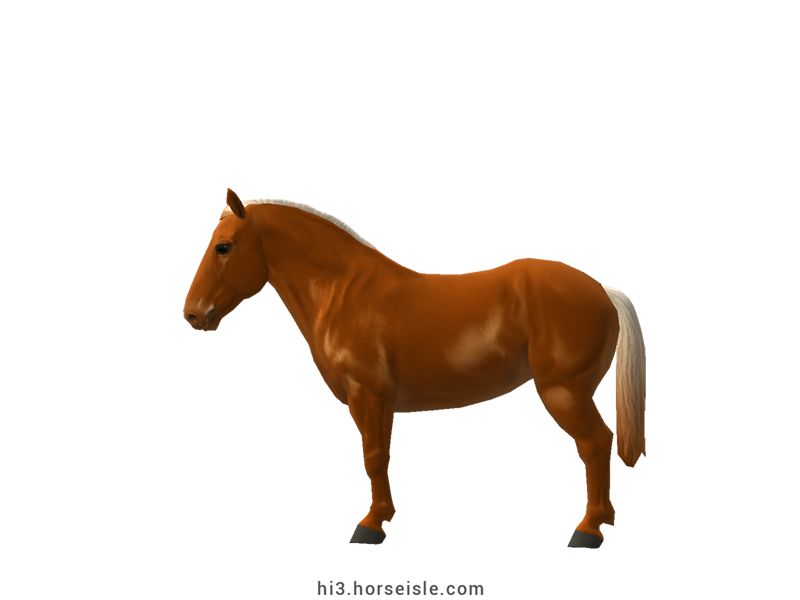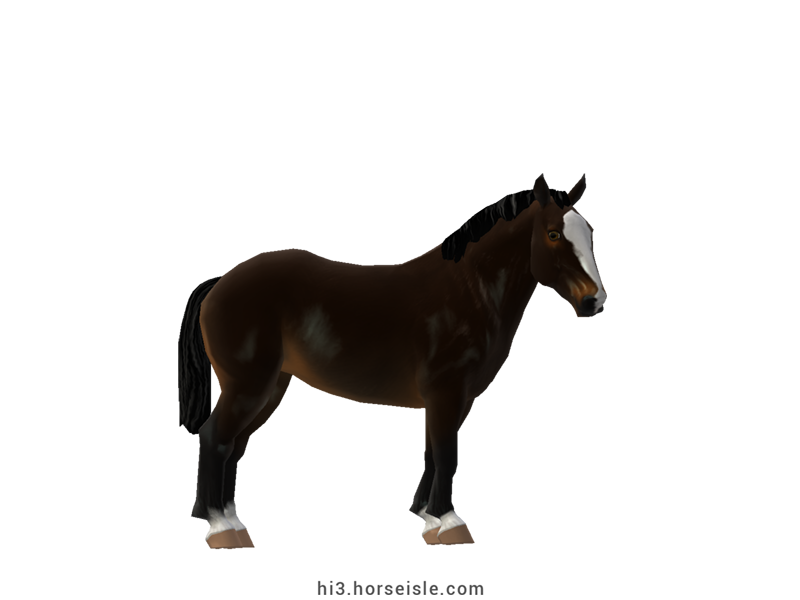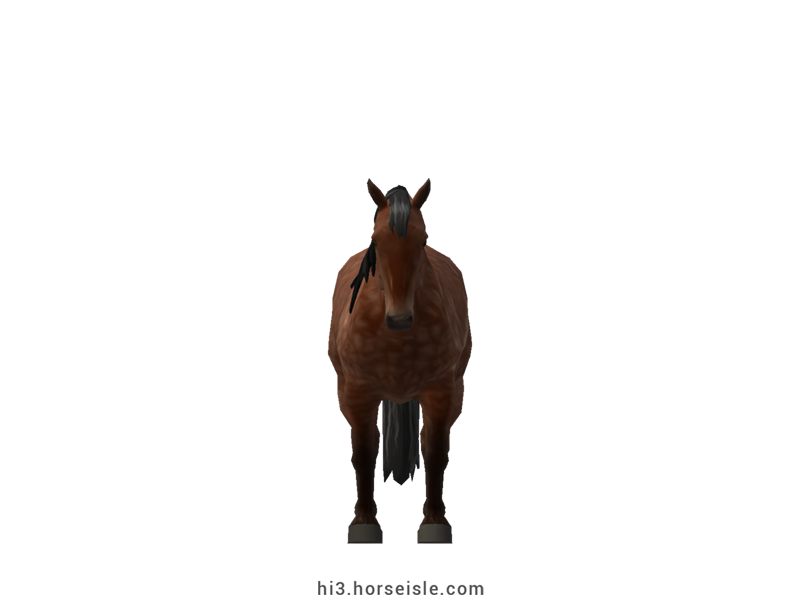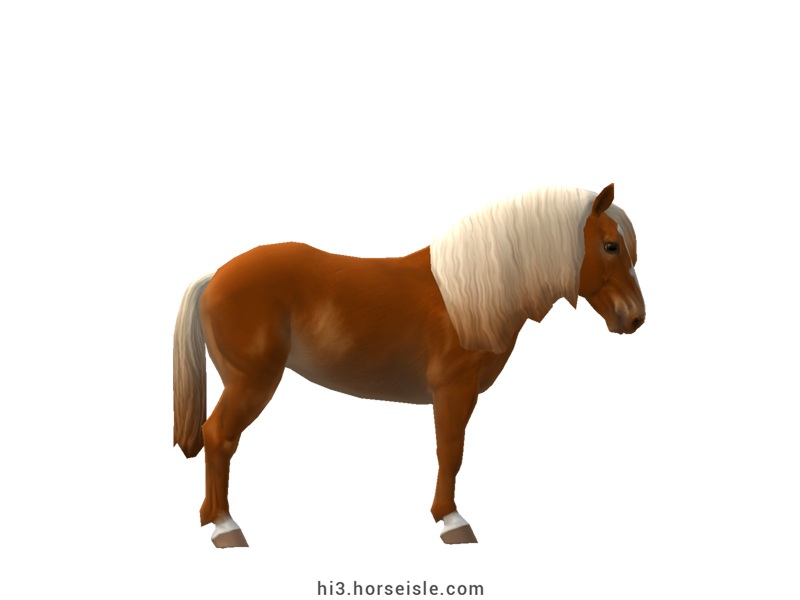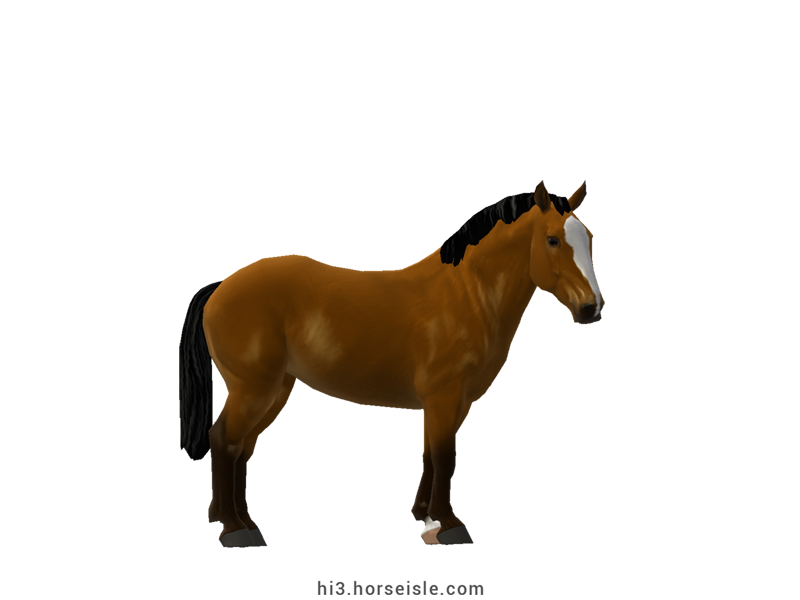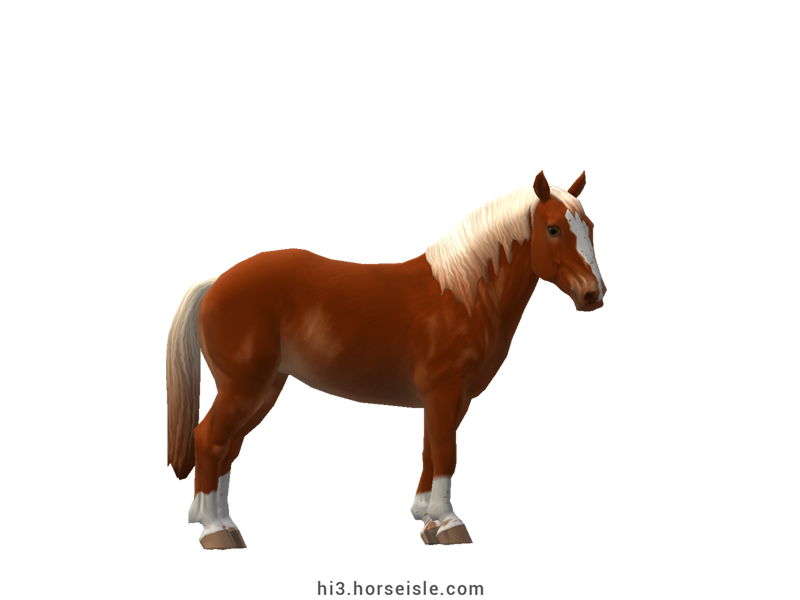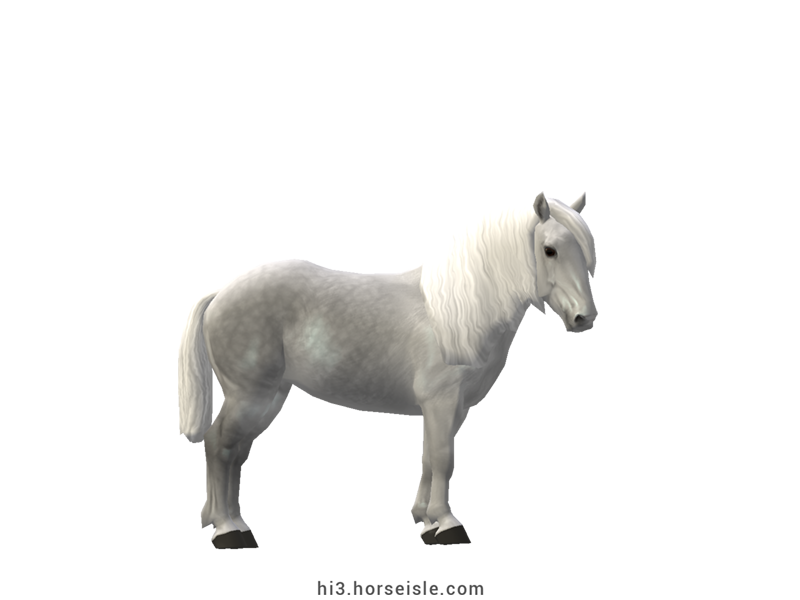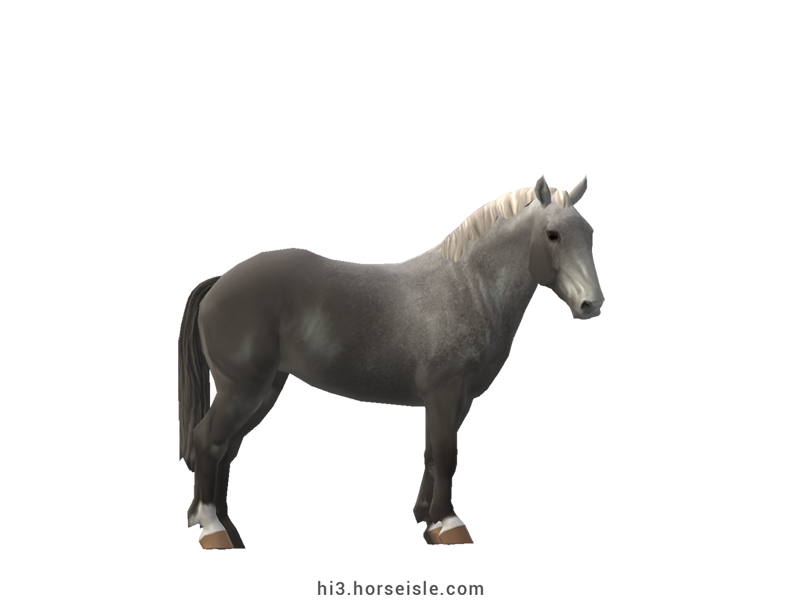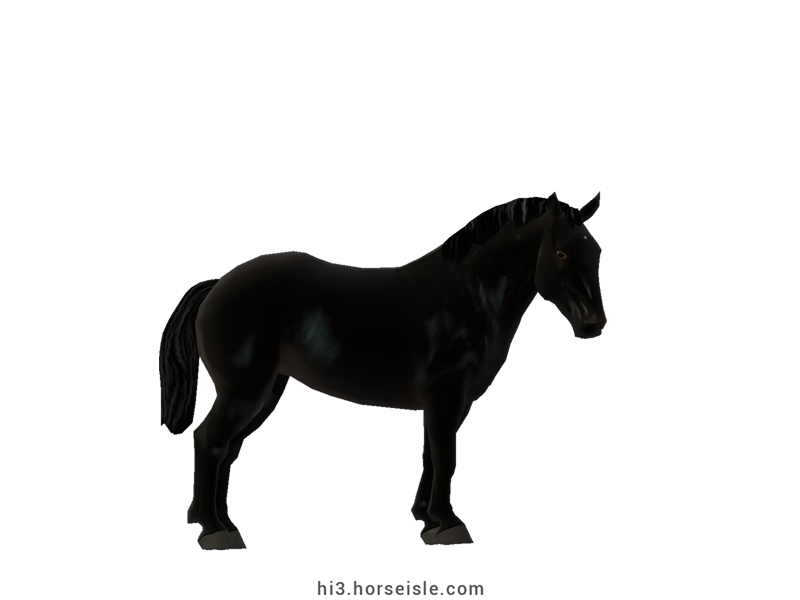Our Massive Real World Equine Reference!
[ INDEX ] Equine Type: Horse Breed: Murakoz (Mura) [ PREV ] [ NEXT ]
The Murakoz vs. the Hungarian Coldblood:
The story of the Murakoz is tied with the story of another Hungarian draft breed called Hungarian Coldblood.
In the 19th century, Hungarian breeders imported heavy drafts, primarily Norikers, from nearby Austria to Hungary, in order to develop a local draft breed. They crossed these heavy drafts with local horses, and created two types of draft breeds: the first, which was large and heavy, was called Pinkafo, and the second, which was smaller and lighter, was called Murakoz.
By the beginning of the 20th century, both types became fully established and popular in Hungary, especially the Murakoz, which comprised about 20% of the horse population. This changed during World War II, when most of Hungary's draft horses were lost. This resulted in a shortage of draft horses in Hungary, which led Hungarian breeders to import various heavy drafts, mostly Ardennais and Brabant, and cross them with their leftover stock. These crosses resulted in the Hungarian Coldblood, which was bred for its strength and was used on farms. It was officially recognized in 1954.
Nevertheless, some of the Murakoz horses were not crossed with any outside blood, and breeders kept them pure. During the 1960s, the need for heavy farm horses declined, and therefore breeders bred their Murakoz horses to be lighter and more agile than the Hungarian Coldblood. This difference between the two breeds led to their official separation in 1972.
The Murakoz today:
Today, the Murakoz is rarer than the Hungarian Coldblood, and is mainly bred in Orseg Natural Park in Hungary. In order to prevent too much inbreeding, two Franches Montagnes (Freiberger) stallions were imported from Switzerland to Hungary in 2012, and were incorporated into the breeding program.
Conformation:
The conformation of Murakoz horses is characterized by the large and heavy head with a sub-convex profile, a thick and short neck which can have a large crest, a very sloped croup, short and thick legs, and an overall muscular body.
The mane and tail can be thick, and the legs have light feathering.
Performance metrics:
The following are the: range, average, (SD), and MOE of performance metrics of ordered Murakoz Horses in Horse Isle (not bred ones). In rare cases,
Speed: 13.6-15.3, 14.5 (0.4), 0.08.
Sprint: 28-47, 38 (4), 0.72.
Accel: 0.70-0.91, 0.81 (0.04), 0.01.
Decel: 1.00-1.14, 1.06 (0.03), 0.01.
Jump: 4.64-4.99, 4.81 (0.07), 0.01.
Pull: 3.23-3.98, 3.61 (0.17), 0.03.
Turning: 43.99-59.02, 51.66 (2.98), 0.58.
Reverse: 2.1-2.8, 2.4 (0.1), 0.03.
Stamina: 55.20-59.86, 57.40 (0.97), 0.19.
Reaction: 0.81-0.89, 0.86 (0.02), 0.00.
Coats & Height:
Colors: usually flaxen chestnut. Less common are non-flaxen chestnut, as well as bay, brown, black, and grey.
Additionals: flaxen, mealy, sooty, dark mane and tail, grey mane and tail.
Height: usually 15.1hh to 16.1hh, though some horses can be as short as 14.3hh.
[ INDEX ] [ PREV ] [ NEXT ]

